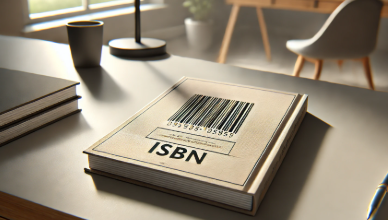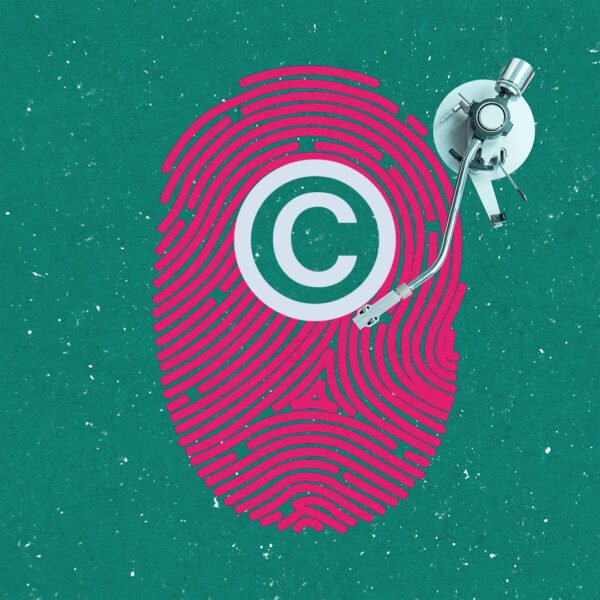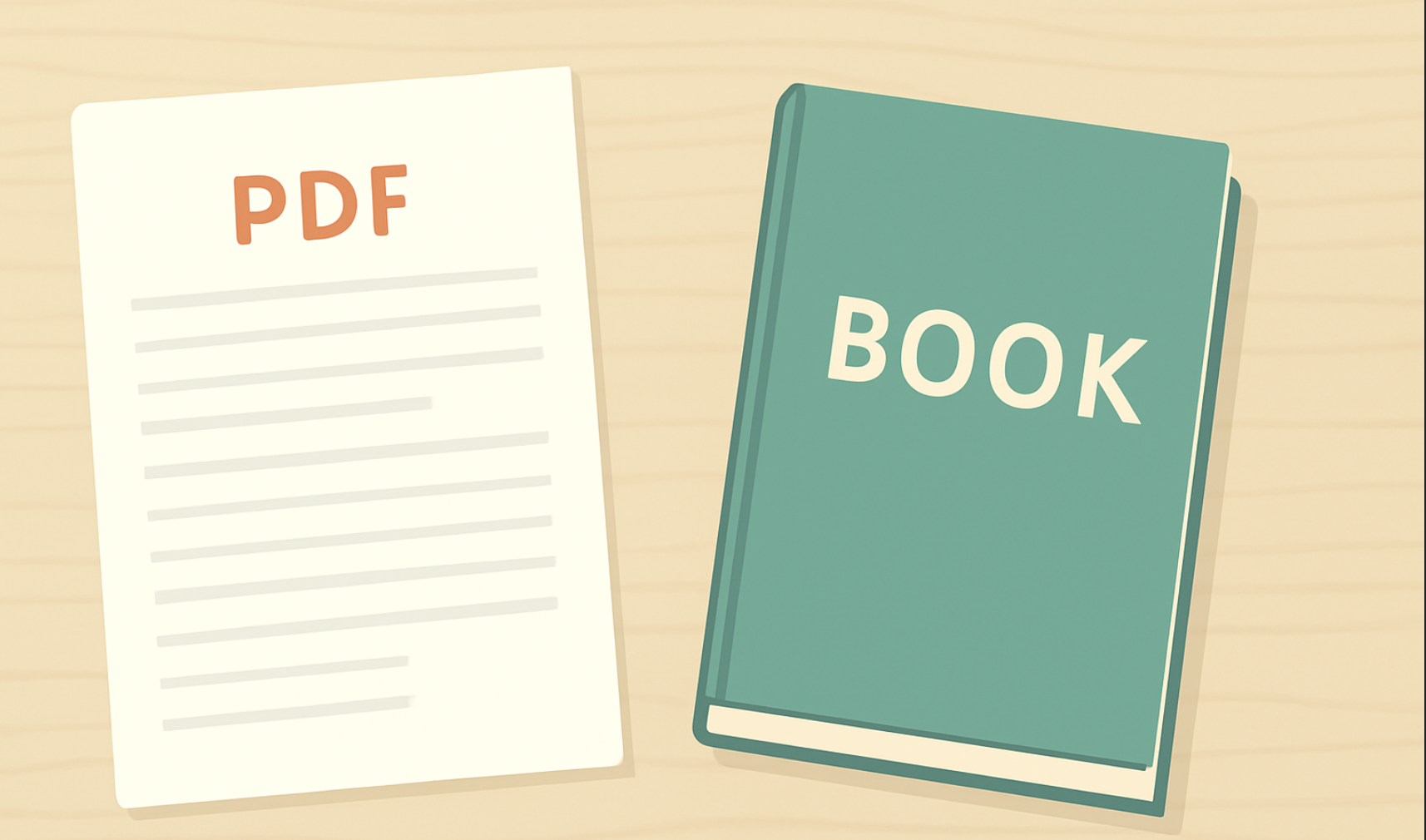If you’ve ever tried to publish or sell a book—or even list a product on Amazon—you’ve probably stumbled across a confusing jumble of letters: ISBN and ASIN. Sounds like secret codes, doesn’t it? Spoiler alert: they’re not. These identifiers are the unsung heroes of the publishing and e-commerce worlds, quietly keeping track of books, products, and everything in between. Whether you’re an author looking to publish your masterpiece or an Amazon seller aiming to boost your listings, understanding ISBNs and ASINs can save you from a lot of headaches (and a few “Why isn’t my book showing up?!” moments).
But don’t worry, we’re here to simplify the jargon and help you navigate the difference between these two essential identifiers. Because in the battle of ISBN vs. ASIN, knowledge is your greatest weapon.
Understanding Product Identification Codes
In the bustling world of online retail, product identification codes are the unsung heroes that keep everything running smoothly. These unique numbers are assigned to products to help identify and track them in the market, ensuring that everything from inventory management to customer experience is seamless. There are several types of product identification codes, each serving a specific purpose and used by different retailers and marketplaces.
First up, we have the Universal Product Code (UPC), a versatile identifier used globally for a wide range of products, from electronics to groceries. Then there’s the European Article Number (EAN), which is similar to the UPC but used primarily in Europe. For books, the International Standard Book Number (ISBN) is the go-to identifier, providing a unique code for each published book. And last but not least, the Amazon Standard Identification Number (ASIN) is Amazon’s proprietary code, assigned to every product listed on its platform. Each of these codes plays a crucial role in the world of product identification, helping retailers and marketplaces keep track of their vast inventories.
Your Publishing Journey Awaits – Start NowWhat is an ISBN?
An ISBN (International Standard Book Number) is like a fingerprint for books, providing a unique identifier for every published title. This 13-digit code is essential for anyone in the publishing industry, from authors to retailers. It helps manage book inventory, track sales, and ensure that each book reaches its intended audience.
Each edition of a book gets its own separate ISBN, which is usually printed on the back cover. This means that the hardcover, paperback, and eBook versions of the same title will each have their own unique ISBN. For booksellers, having the correct ISBN is crucial for accurate product information and efficient inventory management. Without it, keeping track of different editions and ensuring they are correctly listed can become a logistical nightmare.
What is an ASIN?
An ASIN (Amazon Standard Identification Number) is Amazon’s way of keeping its vast marketplace organized. This 10-character code is assigned to every product listed on Amazon, from bestselling novels to quirky kitchen gadgets. For Amazon sellers, the ASIN is a vital part of the product detail page, helping to identify and track products within Amazon’s catalog.
Each product listed on Amazon has a unique ASIN, which can be found on the product detail page. This identifier is essential for Amazon sellers, as it ensures accurate product information, efficient inventory management, and a seamless customer experience. Whether you’re listing a new product or managing existing inventory, using the correct ASIN is key to avoiding confusion and keeping your customers happy.
ISBN vs ASIN: The Key Differences
Let’s start with the basics:
- ISBN stands for International Standard Book Number. It’s a unique identifier assigned to books, and it’s like a universal passport for your book in the publishing world. Whether your book is sold in Canada, Japan, or a tiny shop in Italy, the ISBN ensures it’s recognized.
- ASIN, on the other hand, is the Amazon Standard Identification Number. It’s exclusive to Amazon, assigned to every product sold on the platform, including books. Think of it as your book’s backstage pass to Amazon’s marketplace.
While ISBNs are mandatory for selling through most traditional retailers, ASINs are specific to Amazon’s catalog. Both work to identify products, but their purposes don’t always align. Pro tip: if your book already has an ISBN, Amazon will often use that to create an ASIN—but they are not the same thing.
Benefits of Using ASIN and ISBN
Using ASIN and ISBN codes offers a multitude of benefits for online retailers. These unique identifiers enable accurate product information, efficient inventory management, and a seamless customer experience. By providing a unique code for each product, ASIN and ISBN help retailers track sales, manage inventory, and distribute products to customers with ease.
For retailers, these codes are a time-saver, reducing errors and streamlining the process of listing and managing products. Accurate product information means fewer customer complaints and returns, while efficient inventory management ensures that products are always in stock and ready to ship. In short, using ASIN and ISBN codes can significantly improve overall efficiency and customer satisfaction, making them indispensable tools for any online retailer.
Your Publishing Journey Awaits – Start NowUniversal Product Code (UPC): A Broader Context
Now, you might be wondering: where does UPC (Universal Product Code) fit into this? A UPC code is a versatile identifier used globally for a wide range of products. It’s like the Swiss Army knife of product tracking—it’s used for everything from toasters to toys. While ISBNs are exclusive to books and ASINs are Amazon-specific, UPCs identify all sorts of products globally.
For authors dabbling in non-book merchandise (hello, branded mugs and tote bags!), UPCs are essential. They’re what allow third-party sellers to track and sell products efficiently. Just don’t confuse them with ISBNs—those are reserved for the literary world.
Amazon ASIN: What It Stands For
The Amazon Standard Identification Number (ASIN) is Amazon’s way of keeping its vast marketplace organized. Every product listed on Amazon is assigned a unique ASIN, from a bestseller to that oddly specific cactus-shaped mug.
For books, an ASIN often matches the ISBN if one exists. However, Amazon also assigns unique ASINs to eBooks or different editions of the same product. For example, your paperback might have one ASIN, while your Kindle edition has another. If you’re a seller, it’s crucial to use the correct ASIN when listing products to avoid confusion—and unhappy customers. Using the correct ASIN ensures that a product listing shows up for relevant customer searches, which is essential for maintaining accurate and effective product listings on Amazon.
ISBN and ASIN in Published Books
If you’ve ever flipped a book over, you’ve seen the ISBN proudly displayed on the back cover. It’s issued by the publisher and acts as a book’s universal fingerprint. However, once that book hits Amazon, it’s assigned an ASIN to track sales within Amazon’s ecosystem.
It’s important to note that the same book can sometimes appear with different ASINs—especially if listed by multiple sellers or in different formats. For authors, having both an ISBN and ASIN ensures your book is easily searchable and professionally listed on Amazon and other platforms.
Product Detail Pages: Making Listings Stand Out
Your product detail page is the digital billboard for your book or product on Amazon. An accurate product listing is essential for making your product stand out. This is where potential buyers decide if they want to hit “Add to Cart.” Including accurate details like ISBNs and ASINs on your product detail page ensures your book is easy to find and professionally presented.
Pro-tip for Amazon sellers: A well-optimized product detail page isn’t just about the identifiers. Pair it with a compelling description and stellar reviews, and you’ve got a recipe for sales success.
New Products and ASIN Assignment
When you add a new product to Amazon, the platform automatically assigns it an ASIN within Amazon’s catalog. However, if the product already exists in Amazon’s catalog—say, you’re selling a book that’s already listed—you’ll need to use the same ASIN to avoid duplicates.
For identical items (like the same book in hardcover vs. paperback), Amazon assigns separate ASINs. Tracking these ASINs is essential for keeping tabs on your sales and ensuring your listings are accurate.
Best Practices for Managing ASIN and ISBN
Managing ASIN and ISBN codes effectively requires a keen eye for detail and a systematic approach. Here are some best practices to help you stay on top of your product listings:
- Use a unique ASIN for each product listed on Amazon: This ensures that each product is accurately identified and tracked within Amazon’s catalog.
- Use a separate ISBN for each book edition: Different editions of the same book should have their own unique ISBN to avoid confusion and ensure accurate inventory management.
- Ensure accurate product information by using the correct ASIN and ISBN: Double-check your codes to make sure they match the product they are assigned to.
- Use tools and converters to match ASINs with UPCs and EANs: This can help streamline the process of managing multiple product identification codes.
- Keep track of ASIN and ISBN for each product to avoid errors and save time: Keep a detailed record of all your product codes to ensure accuracy and efficiency.
- Use ASIN and ISBN to track sales, manage inventory, and distribute products to customers: These codes are essential for keeping your operations running smoothly and ensuring a positive customer experience.
By following these best practices, retailers can ensure accurate product information, efficient inventory management, and a seamless customer experience, making the most of their ASIN and ISBN codes.
Your Publishing Journey Awaits – Start NowConclusion: Choosing the Right Identifier
In the ever-evolving world of publishing and e-commerce, ISBNs and ASINs are the unsung heroes keeping everything in order. ISBNs help your book travel the globe, while ASINs ensure it shines in Amazon’s marketplace. Understanding these tools isn’t just helpful—it’s essential for authors, publishers, and sellers looking to sell products, track sales, and reach the right audience.
Whether you’re publishing your first book or expanding into new products, knowing how to optimize these identifiers is the first step to success. Ready to dive into the publishing world with confidence? Spines is here to help you navigate every step of the journey, from assigning your ISBN to crafting the perfect product detail page.
Visit Spines today and let’s turn your creative dreams into a published reality—because the world deserves to see your work, one identifier at a time.







